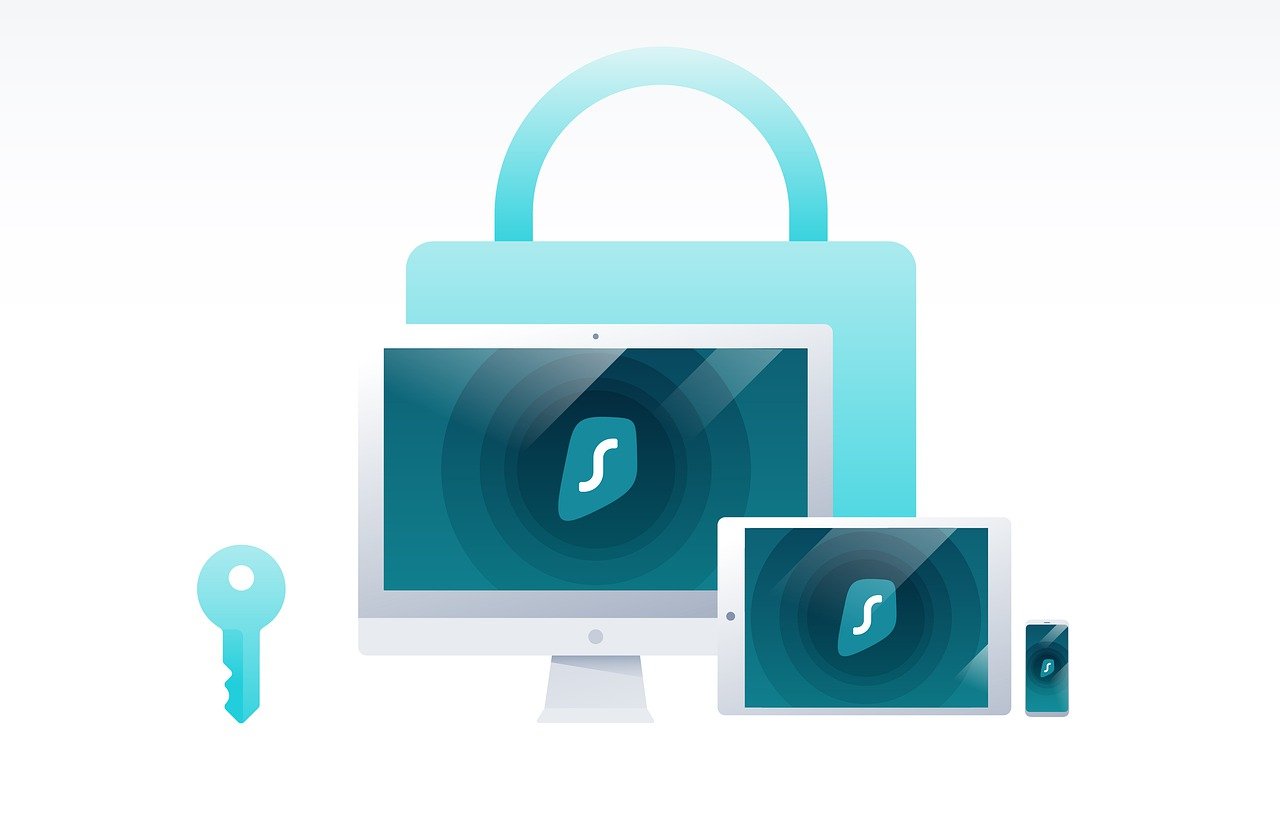Patrik Vesterberg of Teleopti explores the value of WFM data to drive effective CX strategies.
My two previous blogs discussed how resistance to change is the arch nemesis of customer service and five ways to redefine traditional key performance indicators (KPIs). In this latest instalment on change, I consider the impact that the flood of non-stop data, driven by mobility and the internet, has on customer service.
One valuable, yet underrated tool for managing data for customer experience (CX) strategies is workforce management (WFM) technology. WFM is traditionally deployed in organizations for managing staff efficiently in order to meet service levels, avoid overtime expenditure and overstaffing. Yet it is time to rethink how you can you use WFM, as a data source and processor, to drive wider transformation. Today, WFM solutions are rapidly evolving into powerful and strategic weapons in the battle to fight the growing phenomenon of data overload.
Five ways to maximize workforce management and data
Business leaders should encourage a creative approach to release the full potential of their company’s WFM infrastructure. Exploiting the library of data that already exists in the core of the WFM solution can result in new opportunities to build an effective CX strategy that resonates across the whole business:
1. Maximize human capital – successful customer-focused organizations start with good people at all levels and in all functions. WFM allows organizations to collect and share data with other departments. For instance, HR professionals can utilize the data to determine what kind of skill-sets are missing to build effective training and recruitment programs and senior management succession plans. The data can also be used to right-size companies during periods of organizational change such as mergers and acquisitions to determine which departments need to grow or shrink.
2. Put data at the center of everything – WFM brings data together in one place and makes it relevant for planning and forecasting purposes in terms of customer service and customer experience. Data should be four things: contextual, suggestive, pre-emptive and predictive to ensure you know who your people are, where their skills lie, and when they are available to handle customer demand.
3. Back to the future – many organizations, especially those in rapidly expanding markets like China and India, want to be proactive and are keen to forecast staffing needs based on future growth projects to stay ahead of the curve. WFM technology makes this possible by providing easy access to a wealth of historical data and advanced reporting functionality to speedily predict, create and search future requirements for headcount and specific skills.
4. Business continuity planning – exceptional bad weather and major IT system outages can disrupt day-to-day business operations. WFM technology enables managers to conduct ‘what if’ scenarios for all possible eventualities and the likely impact on customer service, making WFM an intrinsic part of business continuity planning.
5. Resilience, security and compliance management – are very real concerns for senior managers and if ignored, have the potential to ruin customer confidence. Customers expect their online transactions to be safe and secure in line with Payment Card Industry Data Security Standards (PCI DSS). They also expect their brands to comply with the latest regulations and legislation, such as GDPR for EU countries, and not share their personal details with third parties without their prior written consent. The same applies to employees.
Today’s WFM cloud providers, such as Teleopti, continually invest in security, ensuring that cloud deployments have the highest level of security, equal to, if not even more heavily fortified, than their premise-based counterparts. Services are provided over the web with back-up provided in separate data centers. Compliant cloud vendors also ensure their services run on platforms that have received approval from EU data protection authorities, they have to implement internationally recognized information security controls and are certified to quality standards such as ISO-27001.
A modern workforce management solution can go a long way to stem the flow of data and instead channel it to drive an effective CX program across the whole company.
Want to know more about data strategy? Join our on-demand webinar Unlock Data Strategies: Why WFM is Key to learn how to use WFM software as a key component for streamlined, intelligent operations based on data-driven understanding of both customer needs and employee preferences.
Patrik Vesterberg, VP Nordics and Mainland Europe at Teleopti










